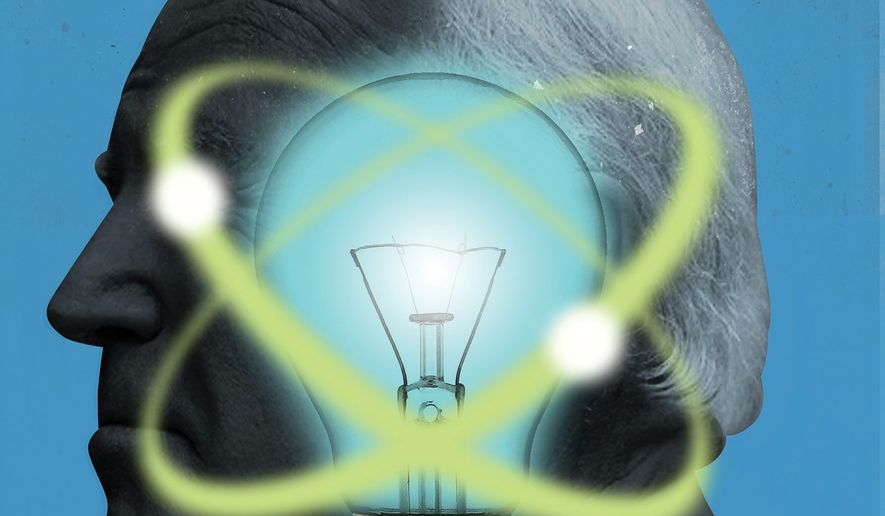OPINION:
Recently, President Biden unveiled a goal for the United States to reduce our greenhouse gas emissions by 50 percent by 2030 from 2005 levels. In the weeks since then, however, his administration has yet to articulate a plan to accomplish his goal. If the administration wants to reduce greenhouse gas emissions in an economically sustainable way, then his plan needs to focus on energy innovation like we have seen with wind, solar, and, especially, natural gas in recent years.
For most of the last four years, I led the Office of Energy Efficiency and Renewable Energy at the Department of Energy. In that time, I oversaw nearly $10 billion in funding for renewable energy, advanced manufacturing, transportation, and building technologies. I spent a lot of time thinking about improving and driving down the cost of technologies that reduce greenhouse gas emissions such as various forms of renewable energy.
Deployment of renewables have expanded in recent years as their costs fell. These reduced costs will lead to greenhouse gas emissions reductions continuing into the future. One surprising fact, however, is that renewable energy isn’t the biggest contributor to the drop in U.S. greenhouse gas emissions in recent years.
According to data from the Environmental Protection Agency, 93 percent of the reduction in greenhouse gas emissions in the U.S. from 2000 to 2019 came from the electricity generation sector. The majority of those emissions reductions came from natural gas replacing coal-fired generation. In fact, in 2019 natural gas contributed 60 percent more to the reduction in greenhouse gas emissions than new non-carbon generation (mainly wind and solar).
The technological change that increased U.S. natural gas supply was a joint effort of the Department of Energy and the private sector. Starting in the 1970s, the Department of Energy and the private sector started working together to attempt to extract hydrocarbon resources from shale formations. The Department of Energy spent millions of dollars on various technologies that advanced the state of the art. But advancing the state of the art was not enough to make these new drilling and fracturing technologies a cost-effective reality.
The next critical step was real-world experimentation, and the regulatory environment played an important role in making this natural gas revolution happen. Entrepreneurs had to take the information and technology that was developed with the Department of Energy and then experiment to figure out how to make these drilling and fracturing technologies work in a cost-effective manner.
This experimentation mostly occurred on state and private land rather than federal land, primarily because of the regulatory environment associated with federal lands.
One illustrative example of the difference in the regulatory environment is the amount of time necessary to obtain a permit to drill. In 2012, it took an average of 307 days to obtain a permit to drill on federal lands, but only 10 days in North Dakota, 14 days in Ohio, and 27 days in Colorado. The regulatory and permitting morass on federal lands made the necessary experimentation difficult on federal lands.
The shale revolution was helped along by federal funding to advance technology, but hindered by federal regulations on federal lands. As a result, the shale revolution gathered speed almost exclusively on private and state lands in places like Pennsylvania, Texas, North Dakota, Ohio, and Colorado.
As the Biden administration and Congress consider policies intended to lower greenhouse gas emissions, it’s important to consider the example of natural gas as a key example of energy innovation. The Department of Energy, working with the private sector played an important role, but the regulatory environment on state and private lands was critically important as well. If the administration wants to accomplish President Biden’s greenhouse gas emissions goal, it will need to help energy innovators advance technology, and also need a regulatory environment that facilitates the experimentation necessary for large-scale, cost-effective deployment.
• Daniel Simmons is the principal of Simmons Energy and Environmental Strategies. He served as the assistant secretary for the Office of Energy Efficiency and Renewable Energy at the Department of Energy during the Trump administration.




Please read our comment policy before commenting.